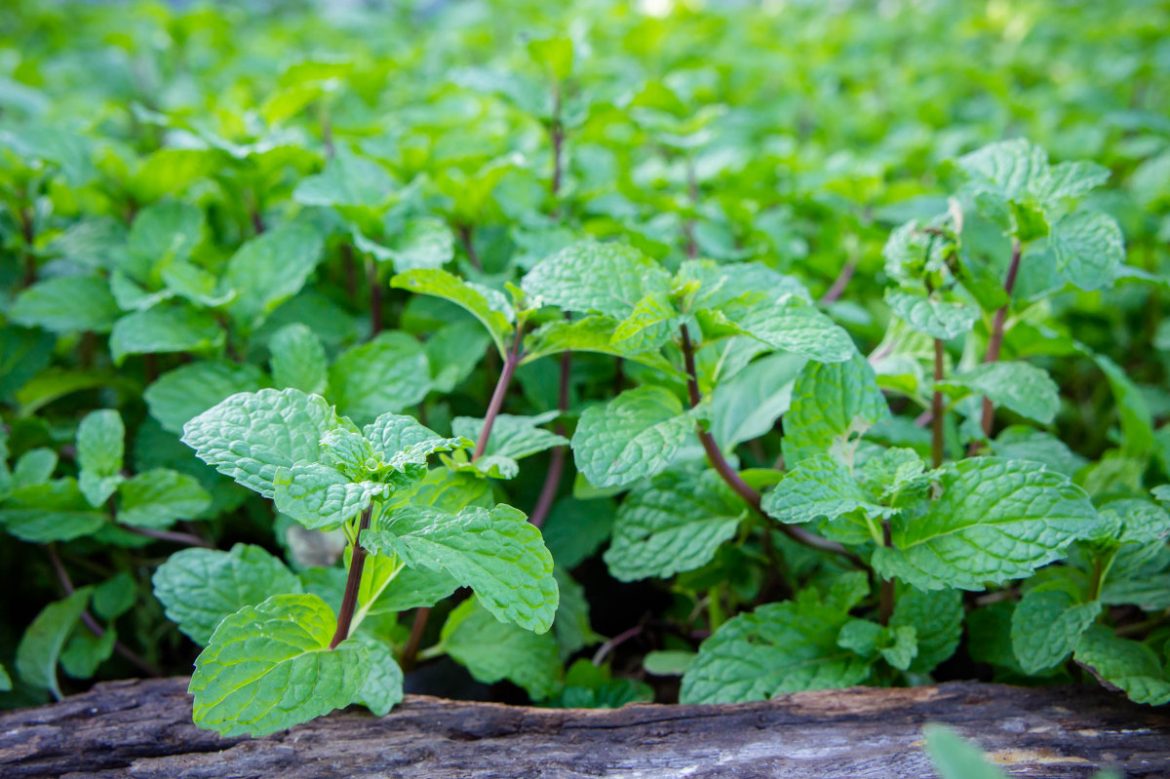Peppermint Botanical Properties
The genus Mint, in the family Labiataceae, contains 25 species, of which Peppermint and Green Mint are the most common. It was first found in the Mediterranean region of Europe and in Western Asia. Nowadays, it is mainly found in the United States, Spain, Italy, France, England, the Balkans, etc. It is also found in Asia, such as Jiangsu, Zhejiang and Jiangxi in China. Mint, native to Europe, is a perennial herb that can grow up to 90 centimeters tall.
It is a perennial herb that can grow up to 90 centimeters tall. When you gently knead it with your hands, the aroma will be cool and refreshing to the nose. This scent is very helpful in improving respiratory problems. Peppermint is very well known for respiratory problems, but its most important contribution is actually to the digestive system. Peppermint has the ability to relieve nerves and vomiting and improve indigestion. It also normalizes the oil production of your skin. Peppermint also has a hot and cold character, cooling in the heat and warming in the cold. It is ideal for dealing with fever, chills, and inflammation.
Peppermint Main Ingredient
Peppermint the main ingredient is menthol 40-50%,can increase bile secretion to eliminate spasms, menthone 25-30% to help drive the wind, peppermint is a useful oil in aromatherapy, can be used in gas, nausea and vomiting, headache, can relieve itching and pain, peppermint cold fever, hot fever, cold fever.
Peppermint Effect
It has properties such as soothing pain, preventing intestinal gas production, loosening mucus, unblocking sinus congestion and improving and preventing nausea and vomiting, as well as anti-spasmodic (through the action of menthol molecules on calcium ions in the body), cholagogue (promoting the efficiency of the flow of bile from the gallbladder into the duodenum has promoted digestion), expectorant, disinfectant, paroxysm and sweating (promoting perspiration). Menthol can regress milk, so it’s not recommended for nursing mothers!
The combined effects of spearmint make it an effective remedy for nausea, nausea, vomiting, flatulence and muscle spasms in the digestive tract, as well as for the liver, heart, stomach and pancreas. On the psychological level, peppermint essential oil is also uplifting and has a slight anti-depressant effect. This is an essential oil with antiviral, anti-malarial, antifungal and general anti-infective properties. It particularly inhibits the activity of pathogens such as Bacillus subtilis, Candida albicans, Streptococcus pneumoniae, Escherichia coli, Streptococcus B-hemolyticus, Klebsiella, Mycobacterium tuberculosis, Pseudomonas aeruginosa, and Staphylococcus aureus.
Peppermint Oil
The product of the distillation of the stems and leaves of mint is peppermint crude oil, while the processed products are menthol and menthol oil. Peppermint crude oil is colorless or light yellow transparent oil, with a special cooling fragrance. Menthol is colorless and transparent with prismatic or needle-like crystals, also called menthol. Peppermint oil is the part left after the extraction of menthol from peppermint crude oil. Peppermint is an important raw material for food, chemical, pharmaceutical and daily use industries. Peppermint and Vegetable Oil made from Hymenium crude oil is known as the “Fragrance of Asia” and enjoys a high reputation in the international market.

